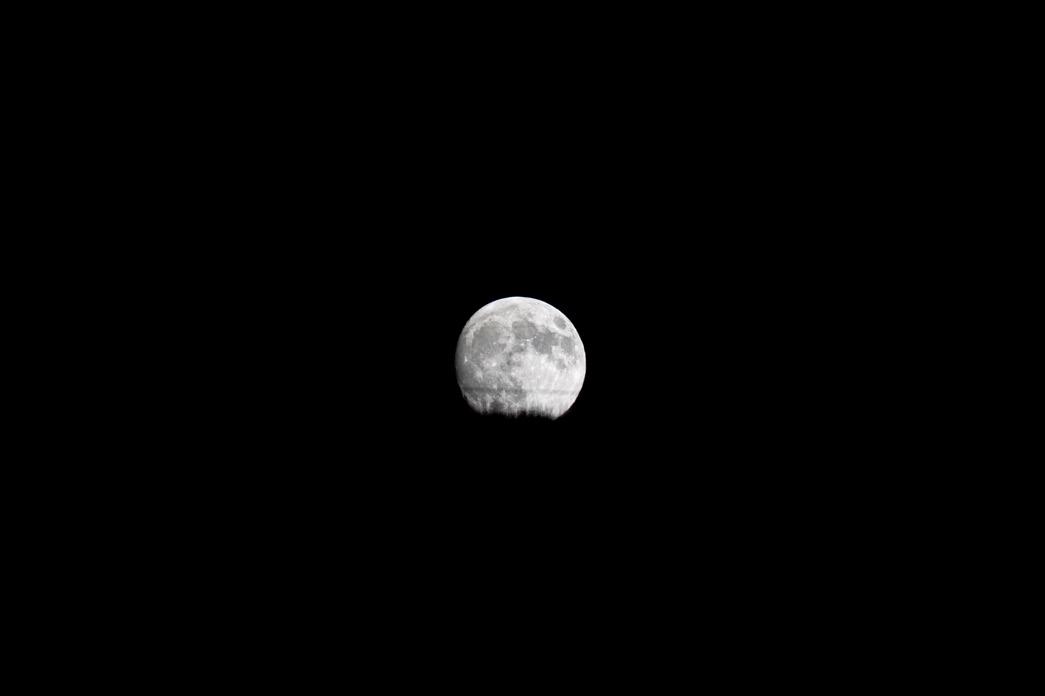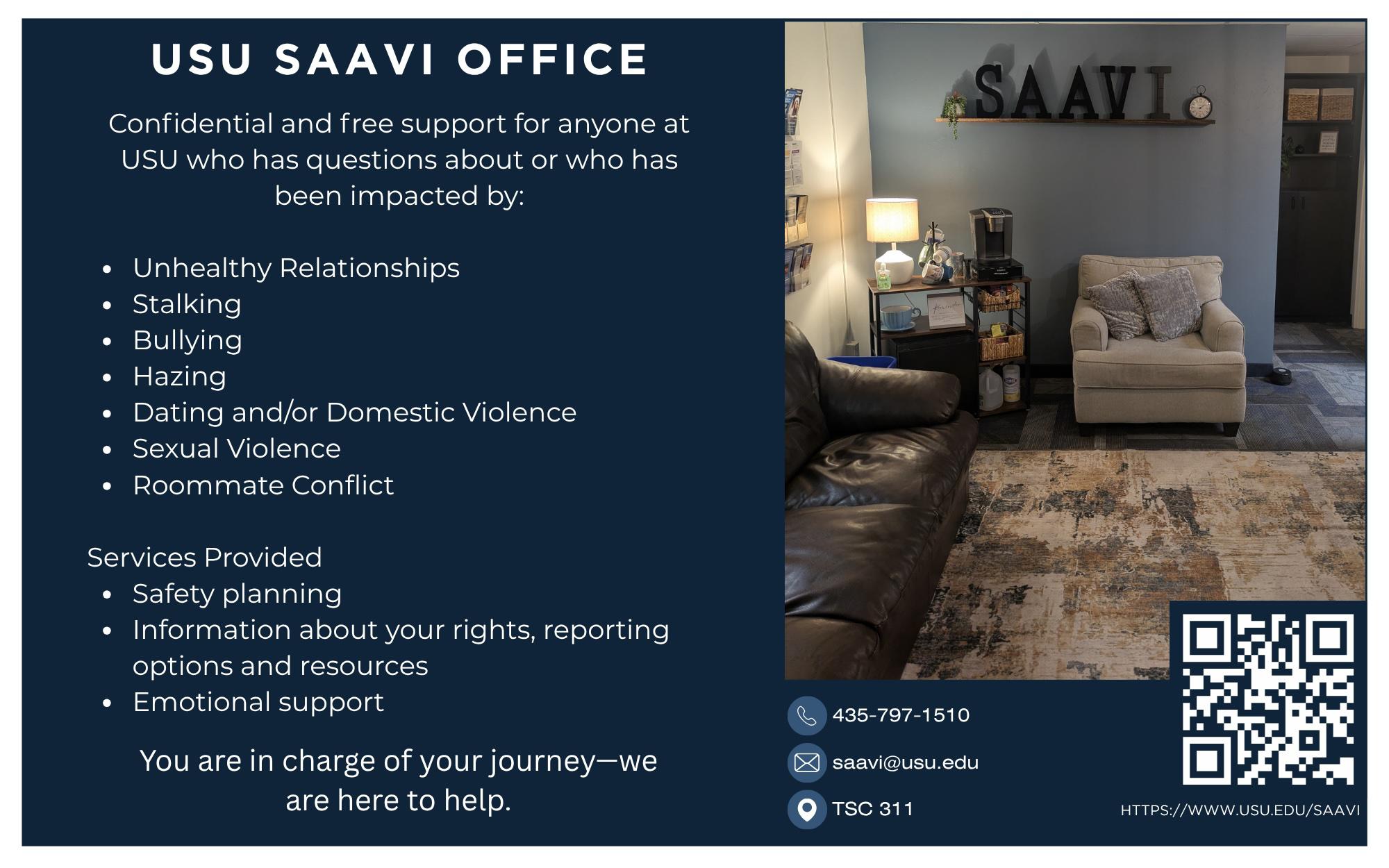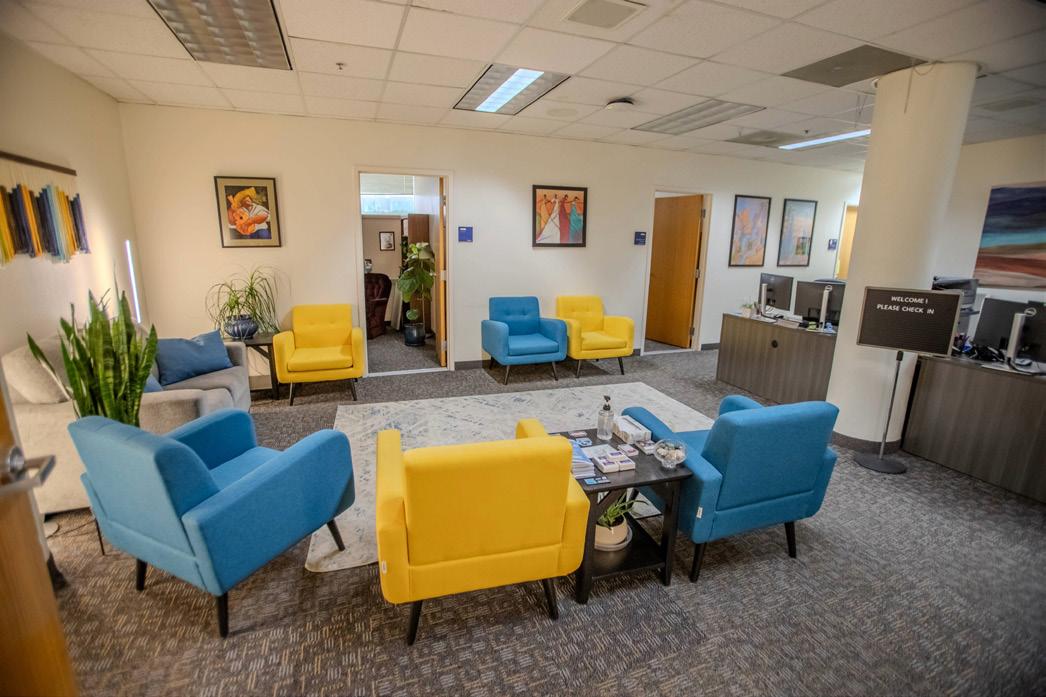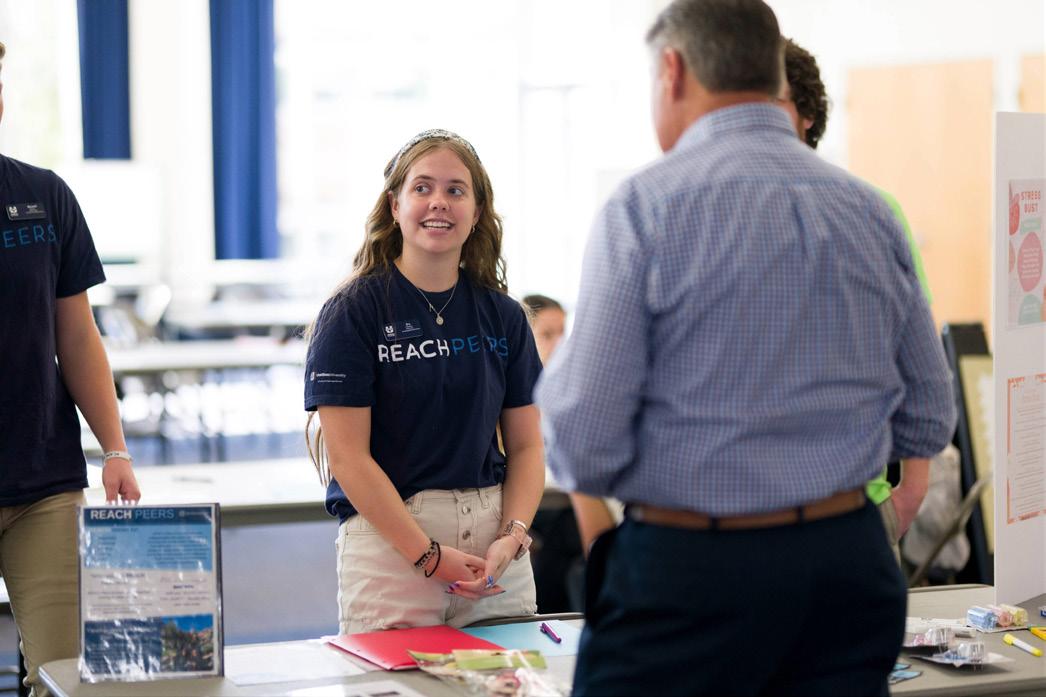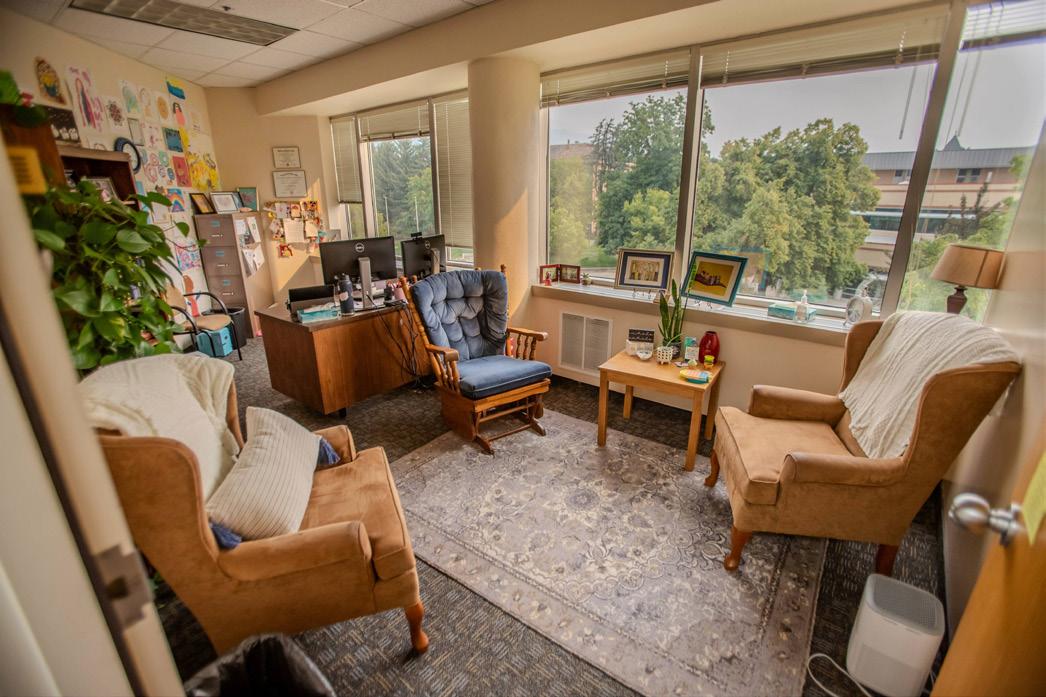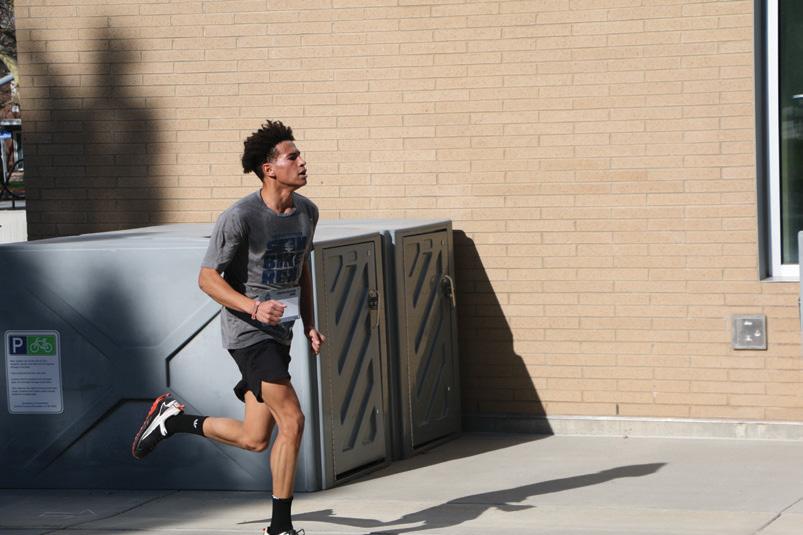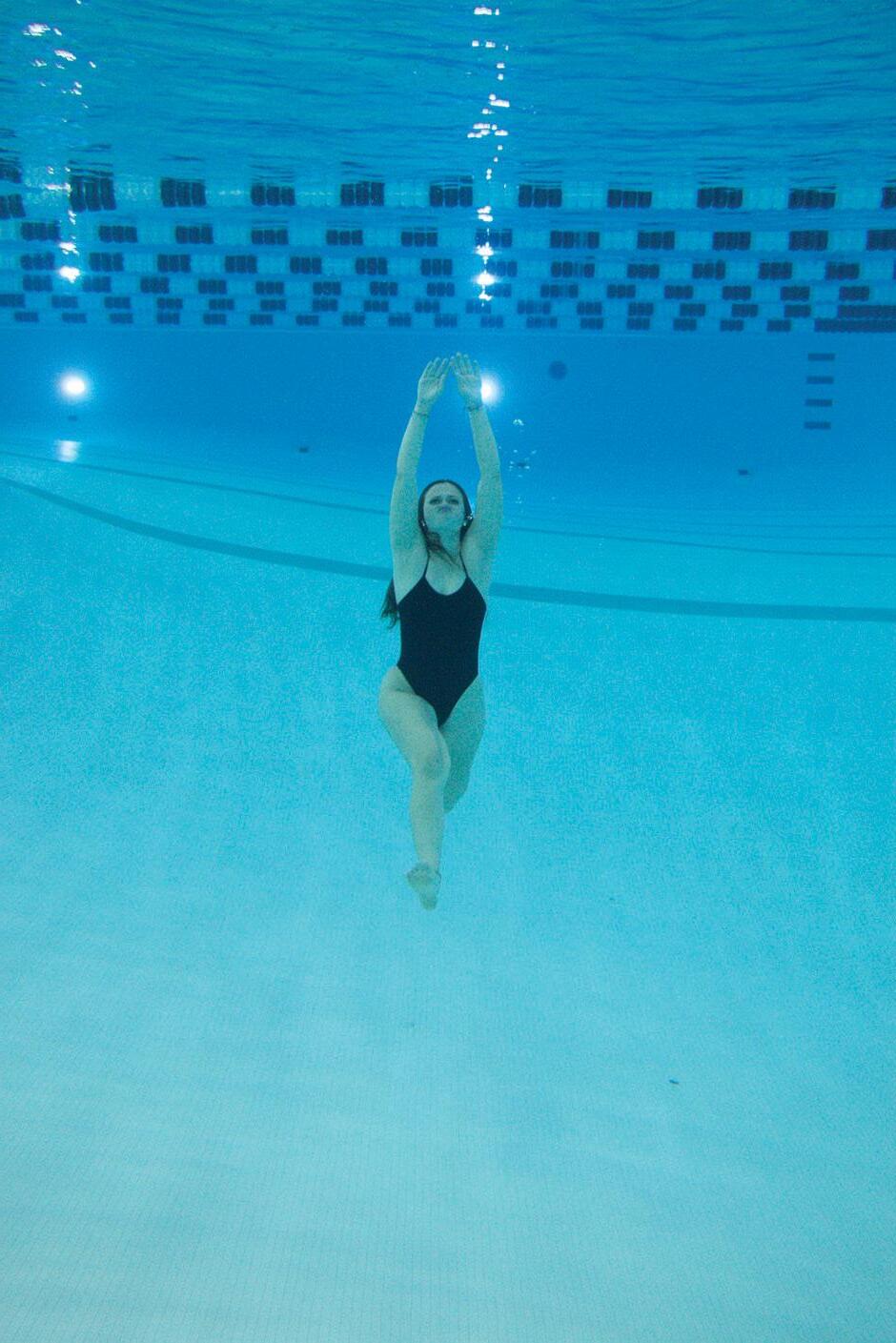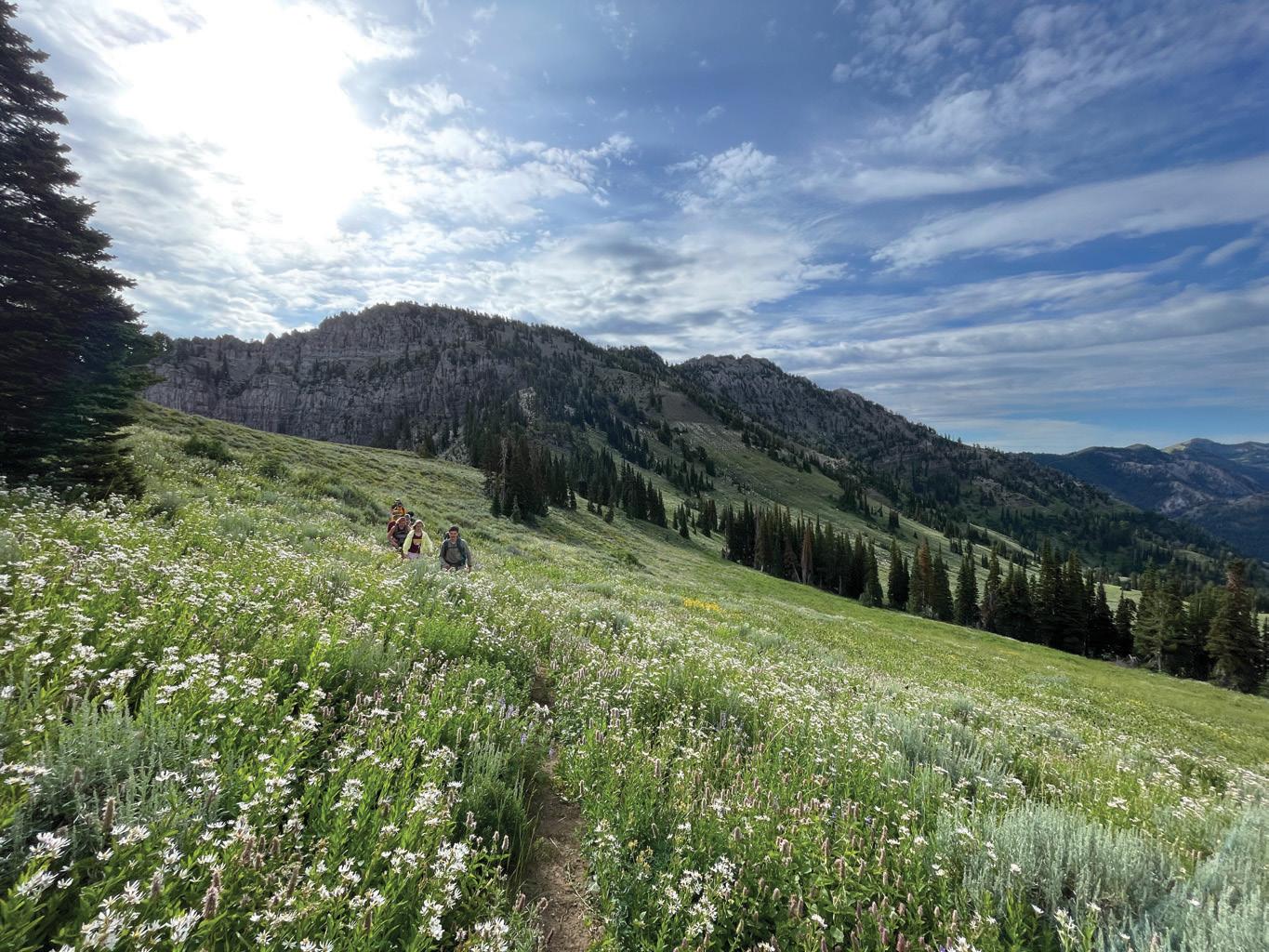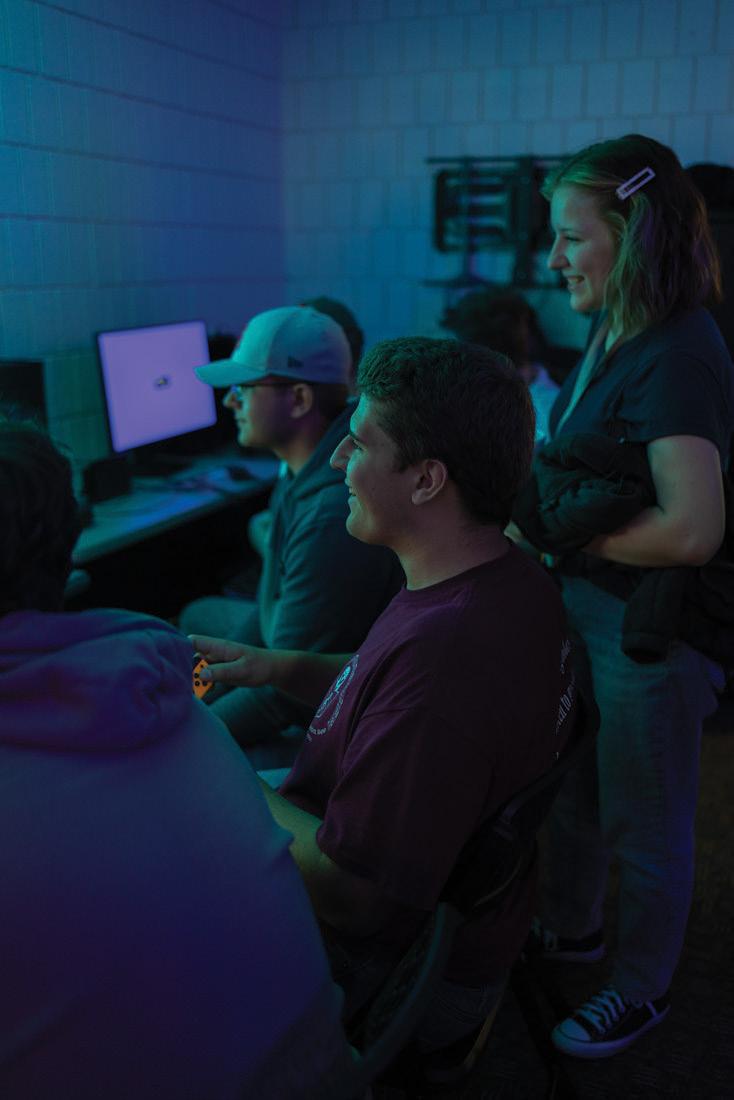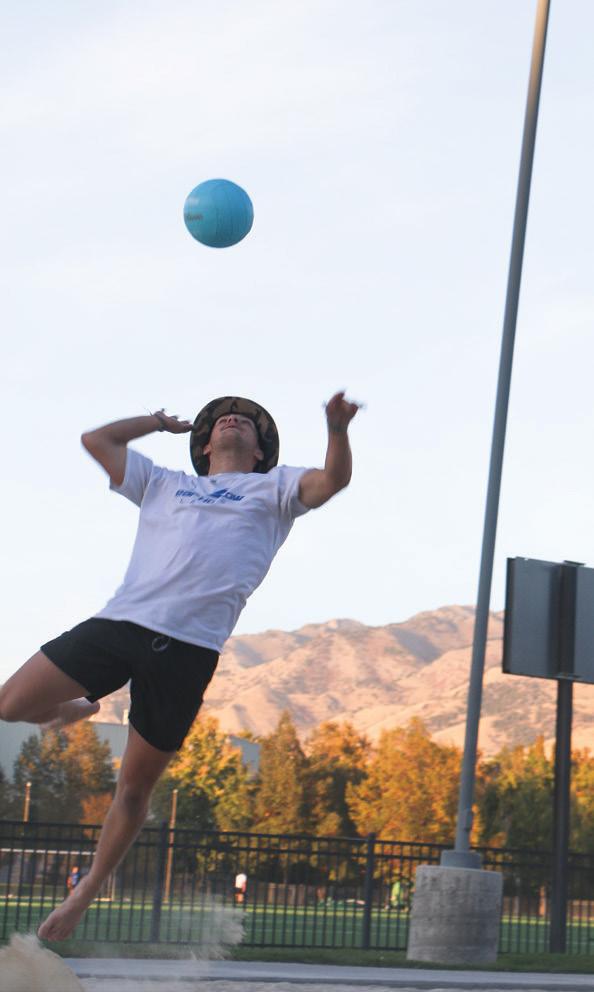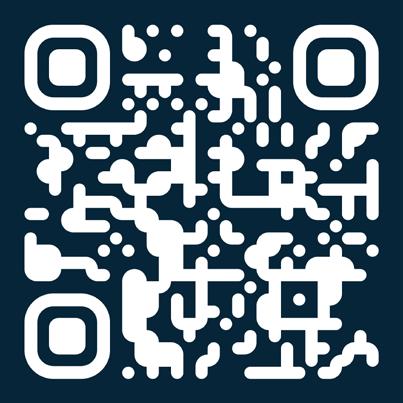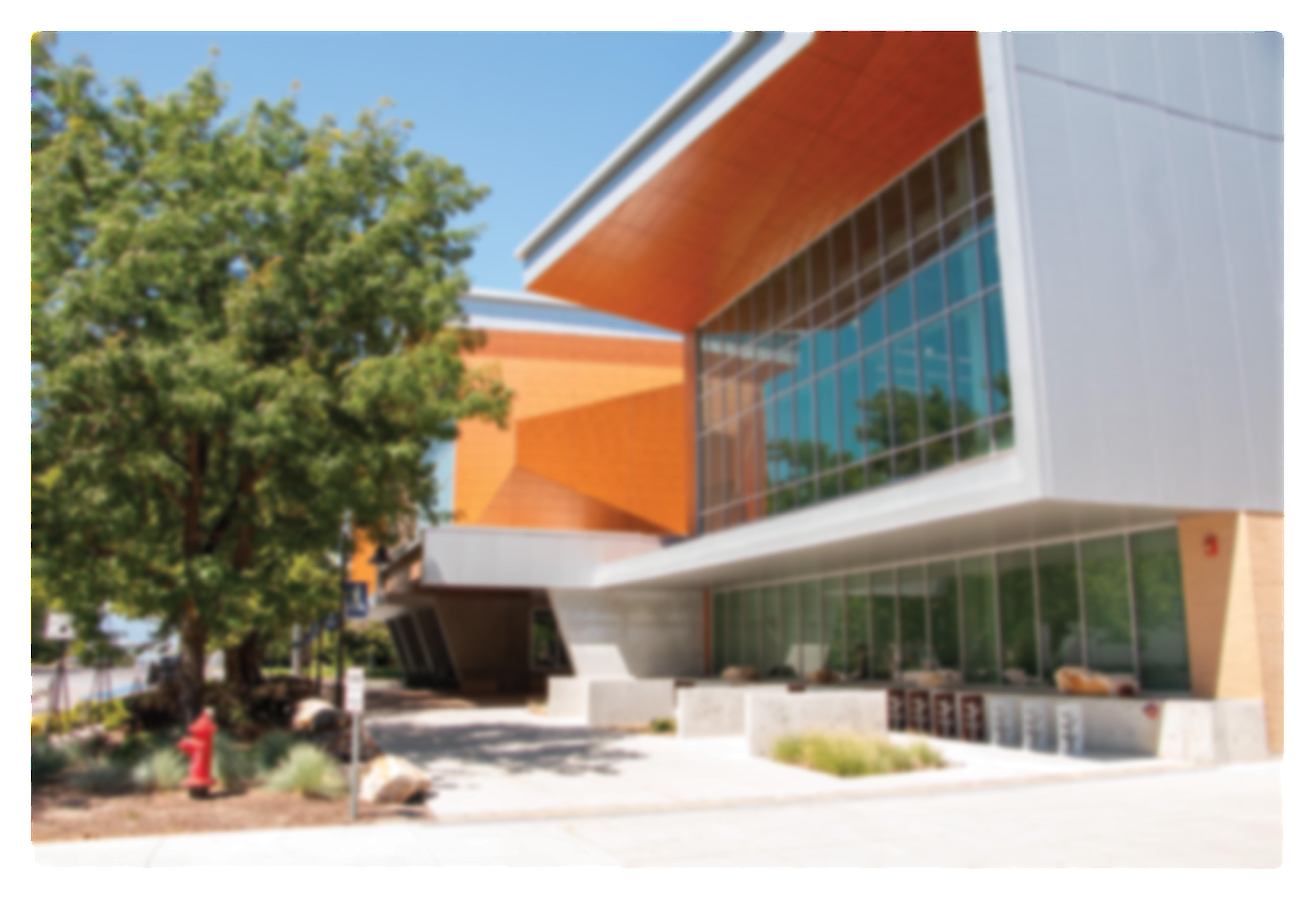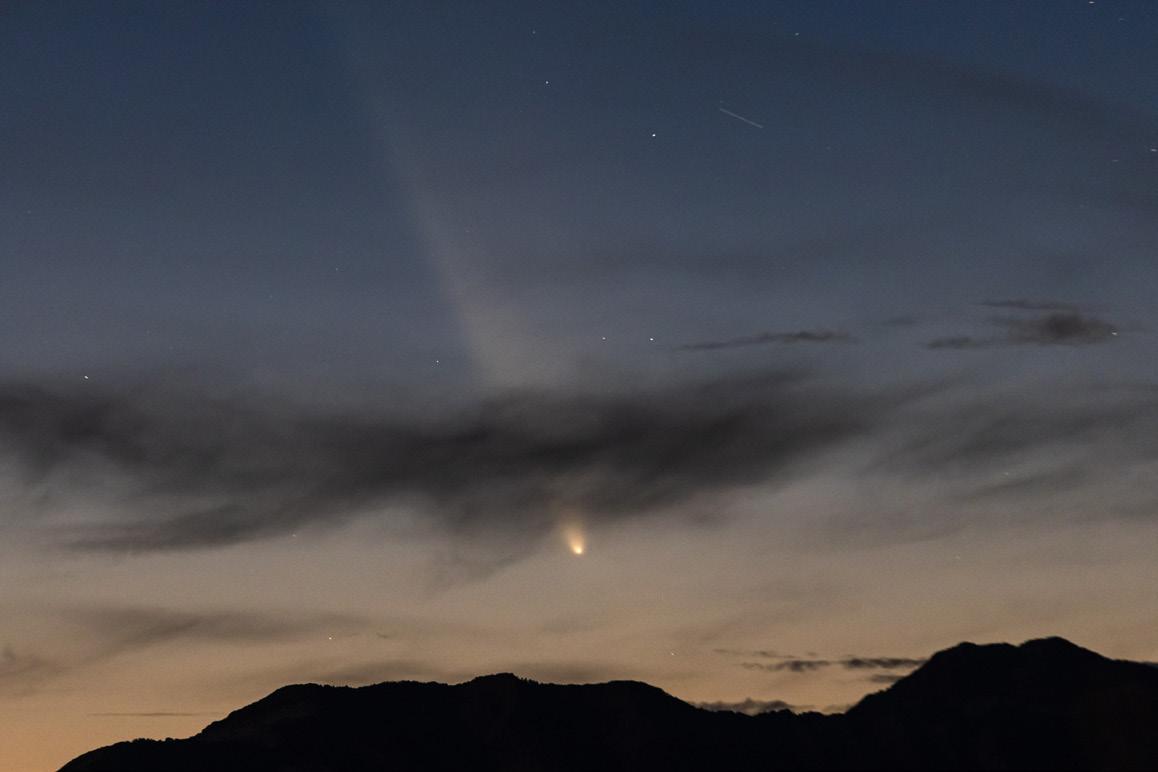
2 minute read
Aggies look to the stars
by Avery Truman
Being nestled in the forested mountains, Aggies are accustomed to the breathtaking views and recreation options. However, there is a lesser-known perk that comes with living in the mountains. It combines breathtaking views, Aggie-led science and opportunities to unite the community. That perk is astronomy.
Sometimes called Utah “space” University, USU has a longstanding history tied to the cosmos.
Prior to 2024, every Small Satellite Conference since its start in 1987 has been hosted by USU. The conference, drawing in professionals from around the country, serves as an avenue to share developments and achievements in new satellite technology.
It’s not required to be a scientist to become a stargazer. Students with no background in astronomy can still enjoy all Logan’s sky has to offer.
“The magic in Logan is being in a place where you’re not surrounded by city lights,” said associate professor in physics Maria Rodriguez.
From astronomy classes to local clubs and telescopes-for-borrow in local libraries, Rodriguez said there are many ways to get involved.
Located in the Science Engineering Research building, USU’s observatory periodically hosts astronomy nights — completely open to the public — to illuminate the universe.
According to physics professor James Coburn, “The best way to get into the observatory is to take an astronomy class. We actually have three of them. We have astronomy. We have intelligent life in the universe and space exploration.”
Sometimes hosting over 400 people, public nights at the observatory tend to draw in a crowd, and Rodriguez recommended getting there early.
“People really love when they start understanding there are many objects that we don’t really understand and love to talk about,” Rodriguez said.
Using a variety of telescopes under the glow of red lights, students and professors show off planets, star clusters and galaxies. But save the moon for last — its bright glow can affect night vision and dampen the stargazing experience.
Beyond planned events, the sky runs on its own time.
During the 2024-25 school year, Logan was lucky enough to witness several rare astronomical events, including a partial solar eclipse students viewed with handmade pinhole projectors and solar-safe glasses. Gathered on the Quad, Aggies set up solar scopes and assembled in groups to witness the phenomenon, sharing glasses between them.
The comet C/2023 A3 Tsuchinshan-ATLAS only passes Earth every 80,000 years. It was visible by the naked eye from Utah State’s campus between Oct. 12–24, 2024.
More commonly, the aurora borealis has been visible from northern Utah’s darker areas several times in the past year as the sun reaches its most active stages in its 11-year cycle.
USU is surrounded by Sardine Canyon, Logan Canyon, Green Canyon and more. Proximity to these dark-sky areas makes it simple to take a quiet drive to a remote spot and do some stargazing in the wilderness.
However, the dark skies of Logan are under threat as the community continues to grow. The addition of new lighting structures makes it more difficult to view the night sky, affecting both people who want to view the beautiful sight and wildlife who depend on the stars.
Citizen science is when untrained members of the public assist in collecting valuable data scientists in the field don’t have the time or resources to collect. Many individuals collecting data around the world create more data points for scientists to use than they could collect on their own.
USU Extension offers several options for students to participate in citizen science aimed at protecting and studying the dark sky crisis.
Whether it’s used for a mental health break, a fascination for science or simple curiosity, stargazing and the study of the stars can be for anyone.
“There is a general interest in planets and space exploration,” Coburn said. “You see Saturn all your life, but when you look at it through a telescope, it’s real.”
